Wahoo Speedplay Zero pedals
Wahoo licks the iconic lollipop pedal into shape – and makes a sweet job of it
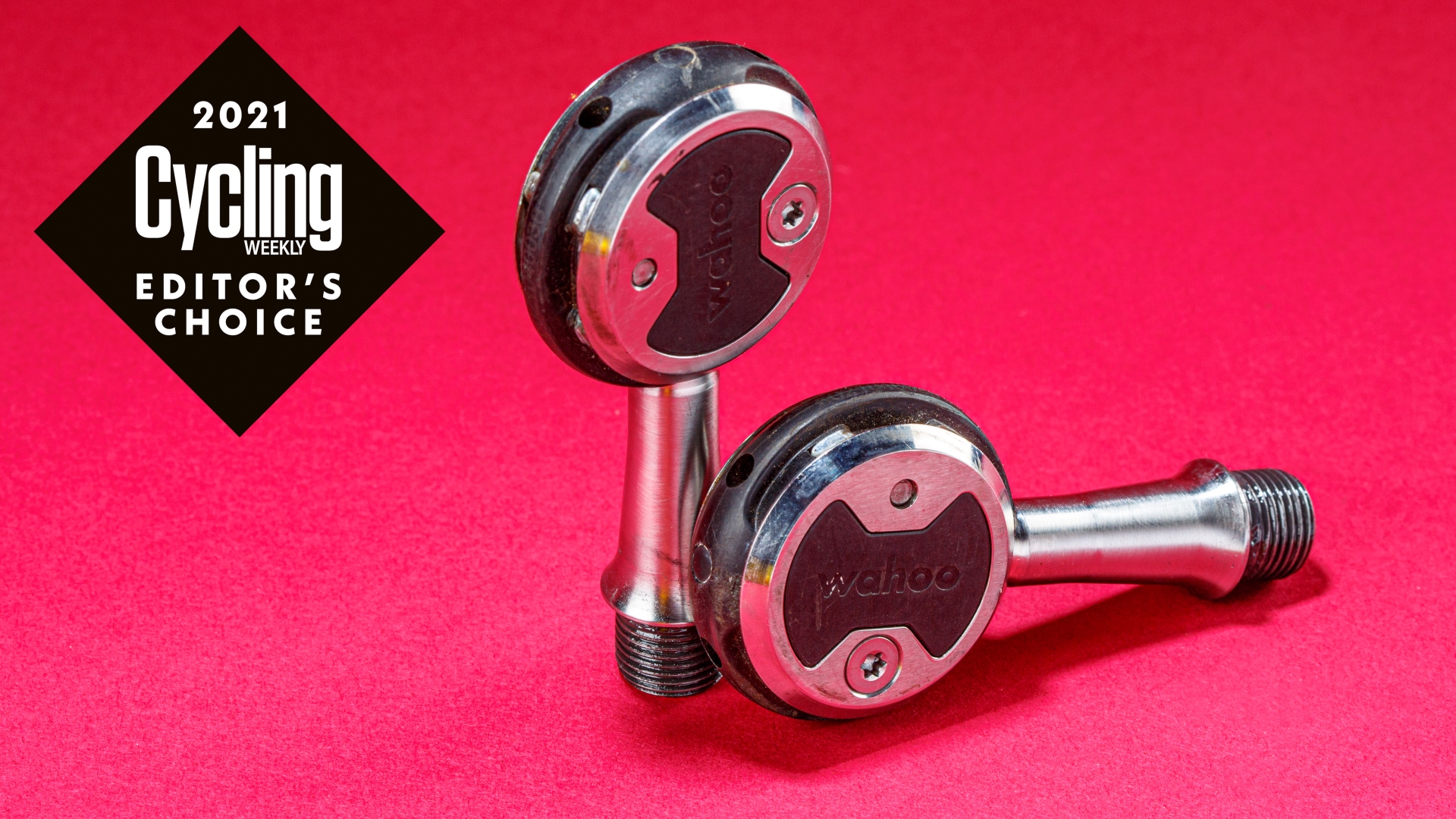
Wahoo has done an impressive job of bringing the Speedplay platform into the 21st century while retaining its original appeal, and the Zeros showcase all of those improvements.
-
+
Low weight
-
+
Adjustable float
-
+
Dual-sided entry
-
+
Quality construction
-
-
Fiddly setup
-
-
Cleats must be kept clean
You can trust Cycling Weekly.

The Wahoo Speedplay Zero pedals were relaunched as part of a pared-back, overhauled range in March following Wahoo’s acquisition of Speedplay in 2019.
Although the famous lollipop-shaped pedal always had a strong following, even the most devoted user would probably agree that it needed a refresh. Judging by the impressive performance of the new Zeros, Wahoo has given them exactly that, bringing the pedal fully into the 21st century and to a wider audience, too.
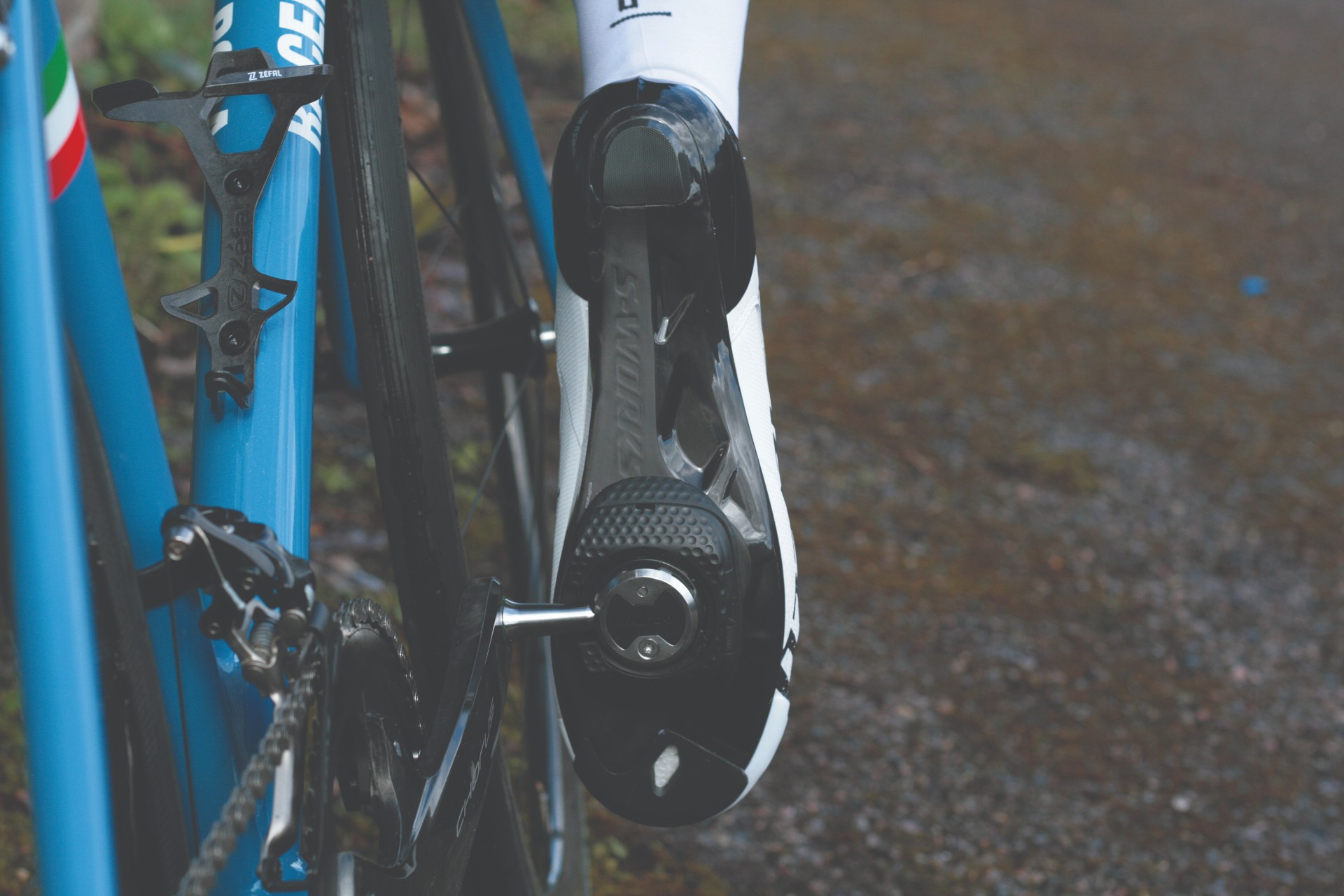
Having said that, Wahoo has been careful to keep all the benefits of original: the spring mechanism is still contained in the cleat along with the adjustable float (previously a feature of some but not all Speedplay models); dual-sided entry is still there, and of course there’s the low weight thanks to the diminutive size, as well as the better aerodynamics compared to Look/Shimano-style pedals.
The Zero sits one from the bottom of the new Wahoo Speedplay range, but Wahoo points out that these are all premium pedals: the ‘entry-level’ Wahoo Speedplay Comp costs £134.99 while the Zero at £199.99 is just £35 cheaper than the Shimano Dura-Ace 9100 SPD-SL pedals at £234.99, which weigh 228g per pair.
Read more about the range in our original launch story here.
Wahoo Speedplay Zero: construction
These pedals are really lovely-looking things and come in a very chic presentation box – Wahoo’s packaging is always part of the experience.
As you’d expect for a pedal just below Dura-Ace level, construction and build quality are high end.
The older pedal used to feature a metal bow-tie shape on a plastic body. Wahoo has added a stainless steel bevelled edge all around to improve durability and also clip-in action so that now it’s more of a plastic – actually a very hard thermoplastic called Grivory – bow-tie shape on a metal body.
The redesigned Zero, like all the new Speedplay pedals, now has sealed bearings that “don’t need regular maintenance,” according to Wahoo. Previously grease had to be replaced every 2,000 miles, or less in wet or dusty conditions, and this meant injecting new grease into a port in the side of the pedal, forcing the old grease out.
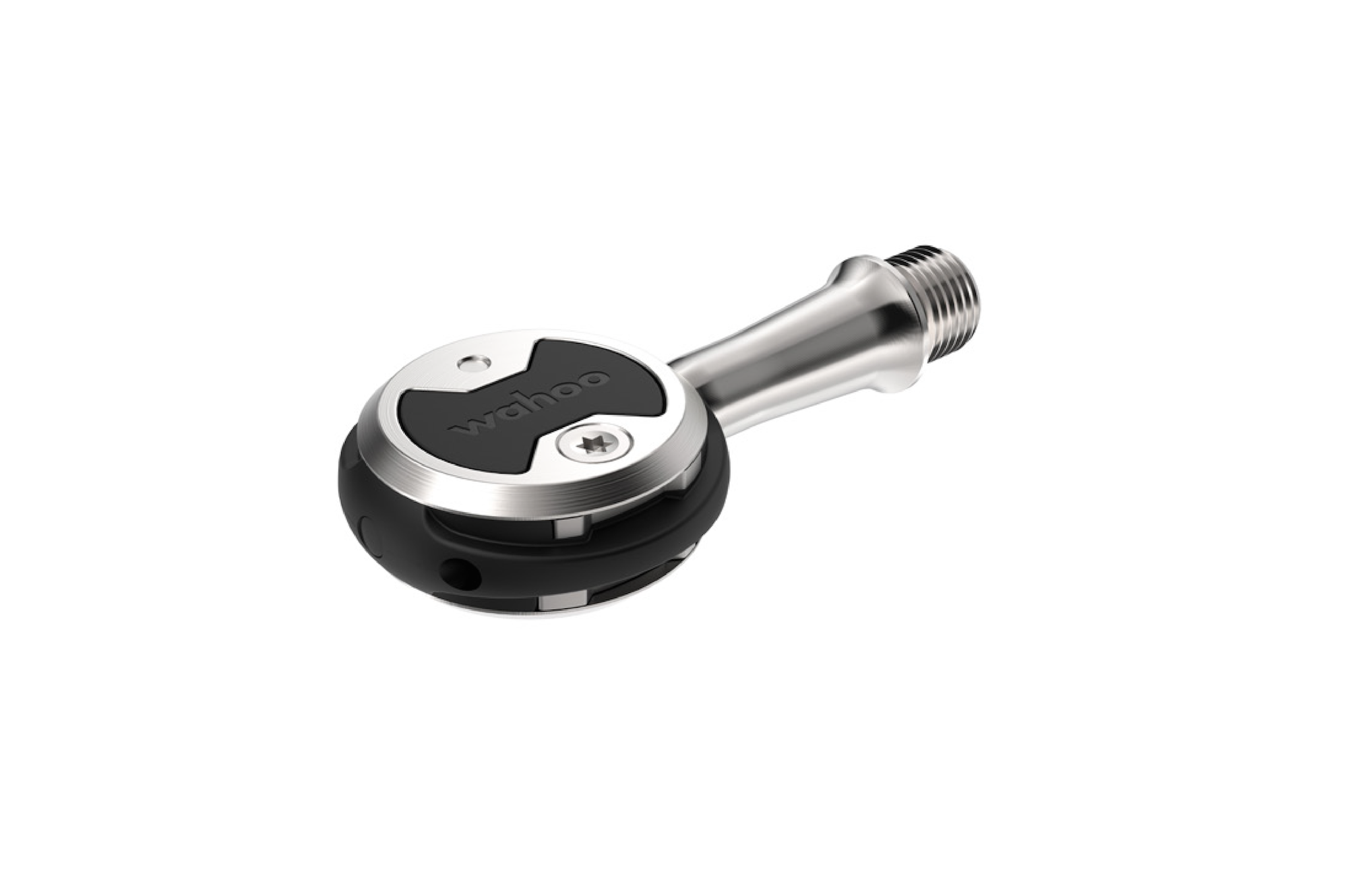
The Zero’s spindles, like the metal parts of the pedal body, are stainless steel and come in four lengths, which will be a real bonus especially for women: currently industry-standard ‘Q factor’ is based on the male pelvis rather than the wider female pelvis – the option of longer spindles will solve this.
Whereas the old Speedplays needed a 15mm pedal spanner to fit the, the modern Wahoo version uses a 8mm Allen key – a sleeker and more modern solution.
The cleats have to be considered part of the Wahoo Speedplay Zero construction since they are literally where the action is.
Wahoo Speedplay Zero: setup
Obviously there’s no setup required for the pedals because the spring mechanism is in the cleat – the pedal is ‘dumb’.
But there’s a lot going on with a Speedplay cleat: putting it together is a bit like making a club sandwich: there are multiple layers and they all have to be put together very carefully and in the right order – but as long as you do that, performance will be truly lipsmacking!
In the box you get the plastic base plates with blue shims to ensure the base plate sits flush on the sole of the shoe – there are various shims for soles with different curvatures. Once you’ve a gap-free fit using the shims, the base plates fasten to the three holes (standard Look/Shimano pattern) in the sole using included screws with crossheads. I have to say I would rather see Allen bolts here for ease and precision of tightening.
Once that’s done, there’s a cleat surround to be fitted around the base plate.
Next comes the spring housing and protector plate – the meat in the sandwich – which is fixed onto the base plate with four much smaller crosshead screws.
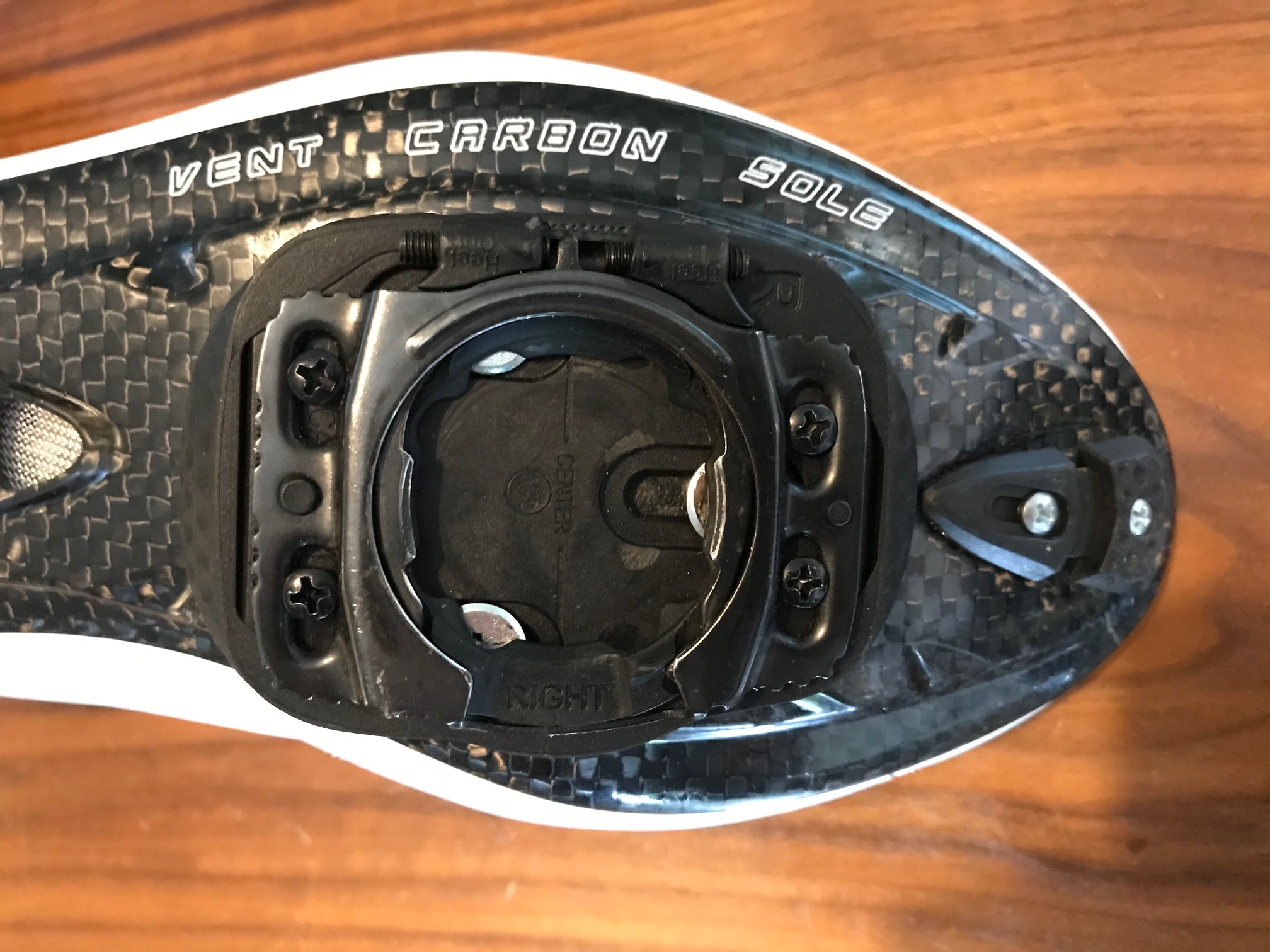
Finally there’s the dimpled cleat protector to be pressed by hand over the edges of the protector plate.
Yes, it’s a faff compared to fitting a Shimano or Look cleat, which can be done in a matter of minutes with practice, but I’m willing to bet that’s always been part of the fun for Speedplay users,
You definitely do need to set aside a few hours for getting it right if you’ve never done it before. If you haven’t got base plate angle correct, for example, you have to unscrew the spring housing and start again because you can’t access the base plate bolts any more once you’ve fitted the spring and housing. The same applies if the base plate bolts loosen after first setup – as they can when new plastic compresses.
The ride
If you haven’t experienced Speedplay engagement and disengagement, you need to get it right before you go out on the road, because that’s something else that’s not as easy as Shimano and Look. The cleat has to be positioned exactly over the pedal and it takes quite a lot of force to snap it in. To release it you need to twist your ankle much more positively, otherwise it risks being only half released, with the jaws of the spring still holding one half of the pedal, and then you risk taking the tumble of shame at the traffic lights.
Speedplay does also offer an ‘Easy Tension’ version of the cleat, which is available separately for £49.99, has a grey surround/protector and comes with the entry-level Wahoo Speedplay Comp. The Zero comes with the ‘Standard Tension’ cleat (black surround/protector), as do the other two. I found Standard Tension fine once I’d learnt the slightly different technique. Incidentally, the old yellow cleat has gone for good.
Many first-time Speedplay users describe the Bambi-on-ice feeling of the float. Compared to Shimano and Look it is indeed strangely Teflon. However, that’s where the adjustable float comes in. Via two grub screws at the side of the cleat (that’s right, you’re not quite finished with screws yet) you can set the limits of slippage from 0-15°.
I’ve always been perfectly happy with the six degrees of float that Shimano yellow cleats supply and since I don’t suffer from knee pain due to bad tracking or alignment as long as I’ve got my exact saddle height, I aimed to replicate that, but actually found myself narrowing down the angle even more.
Even with my usual float dialled in, it seemed easier with Speedplay – probably due to the non-stick feeling of the float – to catch the side of the crank with my shoe, especially when pulling up on the pedal on a climb – so I found I limited float further to avoid this.
It doesn’t take long for the skating feeling of the freer float to become normal. My first road ride – after a couple of Zwift practice sessions – was a three-hour club run and I found very quickly that I stopped thinking about it.
I did find, however, that the lower stack height of Speedplay – which is one of its benefits, placing the foot closer to the pedal axle – meant I needed to lower my saddle very slightly – and I hadn’t thought to do this in advance.
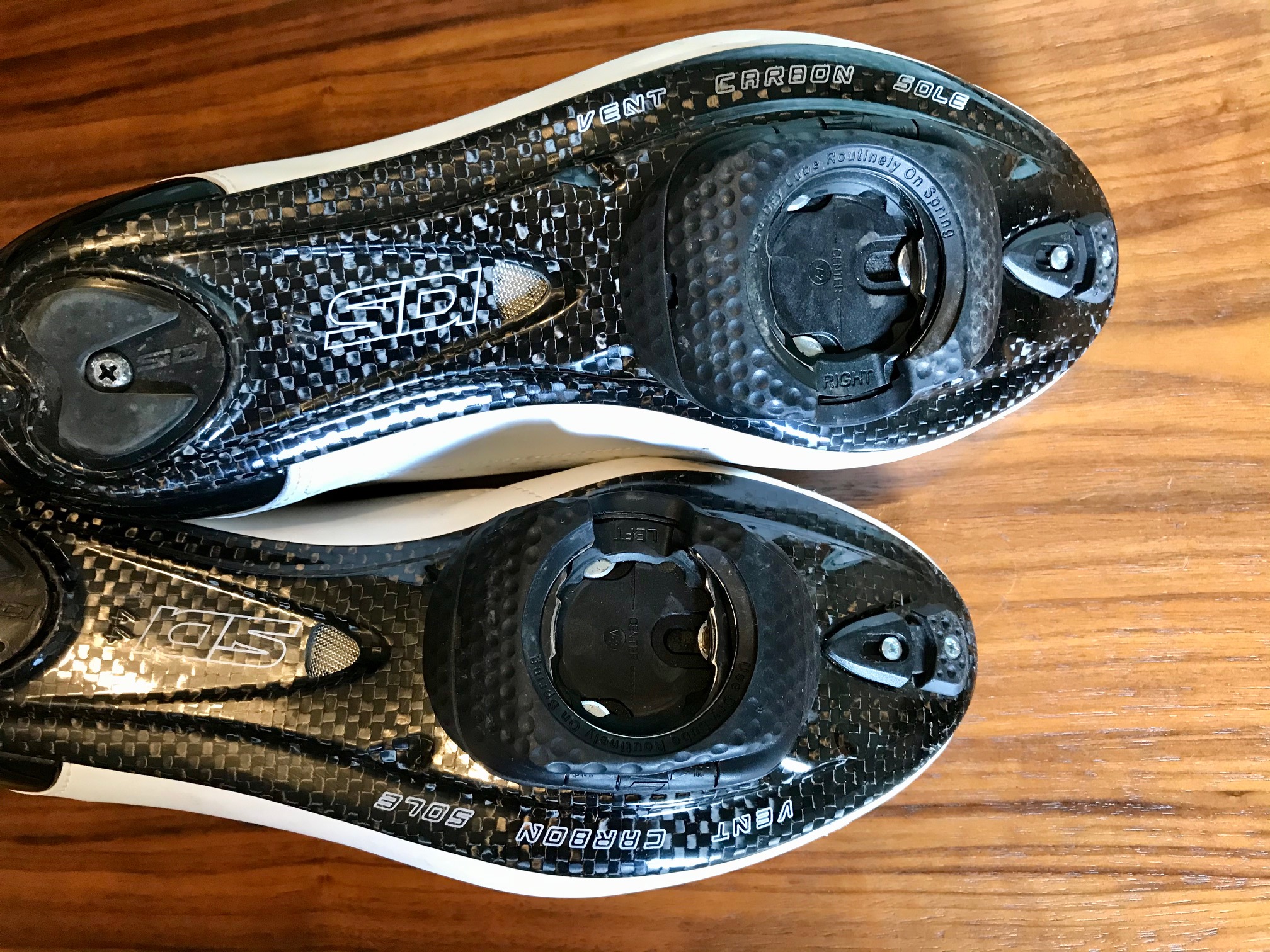
Did it have any effect on power transfer? Wahoo claims that the lower stack height “can allow for increased power transfer and a decreased saddle height, which results in reduced drag.” It also says the “secure connection can contribute to an increase in the transfer of power, which can make it easier to attain those hard fought watts.” And also: "This range of motion in the foot, lower leg and knee [thanks to the rotational free float] increases comfort and enhances pedal efficiency.”
I can’t say for sure whether power transfer was improved and it would be pretty difficult to measure it, but I’m certain I wasn’t losing anything.
Are there any downsides, apart from the initially time consuming set-up? Well, there are forum threads – as there are about most things – about maintenance of the cleat, featuring stories of getting the cleat springs clogged. It’s easy to see that if you walked around on a verge in winter for too long you could easily get the ‘hole’ full of mud, making clipping back in tricky.
I’ve walked around on gravel outside a cafe and the cleat operation was exactly the same afterwards, but for gravel or adventure riding they’re probably not ideal, and will work best when clean and with a bit of dry lube, as recommended on the cleat cover.
Value and conclusion
I’ve only had these Wahoo Speedplay Zeros since March but the quality suggests they would be a good investment. They’re still looking new and of course are much less easy to scuff because they’re so small.
As I’ve mentioned, they’re a bit cheaper than the £234.99 Dura-Ace while the top Look pedals, the Keo Blade Carbon Ceramic Ti cost £290. The top-of-the-range Wahoo Speedplay Nanos, which have carbon bodies (instead of the ‘Grivory’ plastic of the Zeros) and titanium spindles and weigh 168g per pair cost £379.99.
If you wanted a pair of Wahoo Speedplays but wanted to spend a bit less, the Wahoo Speedplay Comp is £65 cheaper and has a black-painted chromoly rather than stainless steel spindle and weighs a claimed 10g more per pair.
So the Zeros are not cheap, but for what you’re getting in terms of their performance, quality and likely durability it’s a fair price.
Will I carry on using the Wahoo Speedplay Zero? It’s got to be an emphatic yes. It’s not quite learning to play the violin, but I do feel as though I’ve mastered something new and worthwhile.
More importantly, along with the satisfaction of adding another string to my pedalling bow I like the smooth float, the crisp engagement and disengagement, the low pedal weight, the lower stack height – and maybe it’s a bit superficial but I like the almost impossibly minimal look of the pedals themselves.
Compared to the ski binding-derived pedals, I would say the Wahoo Speedplay Zero does represent an upgrade of the whole clipless pedal experience. From both an engineering and a biomechanical point of view (OK, add aesthetics to the list), I felt there was a net gain compared with the Look/Shimano type.
| Wahoo Speedplay Zero | Header Cell - Column 1 | Header Cell - Column 2 |
|---|---|---|
| Weight | 220g per pair (measured) | Row 0 - Cell 2 |
| Stack height | 11.5mm | Row 1 - Cell 2 |
| Q factor | 53mm | Row 2 - Cell 2 |
| Body material | Grivory | Row 3 - Cell 2 |
| Spindle material | Stainless steel | Row 4 - Cell 2 |
| Pedal float | adjustable 0-15° | Row 5 - Cell 2 |
| Contact | uk.wahoofitness.com | Row 6 - Cell 2 |

Thank you for reading 20 articles this month* Join now for unlimited access
Enjoy your first month for just £1 / $1 / €1
*Read 5 free articles per month without a subscription

Join now for unlimited access
Try first month for just £1 / $1 / €1
Get The Leadout Newsletter
The latest race content, interviews, features, reviews and expert buying guides, direct to your inbox!
Simon Smythe is a hugely experienced cycling tech writer, who has been writing for Cycling Weekly since 2003. Until recently he was our senior tech writer. In his cycling career Simon has mostly focused on time trialling with a national medal, a few open wins and his club's 30-mile record in his palmares. These days he spends most of his time testing road bikes, or on a tandem doing the school run with his younger son.
-
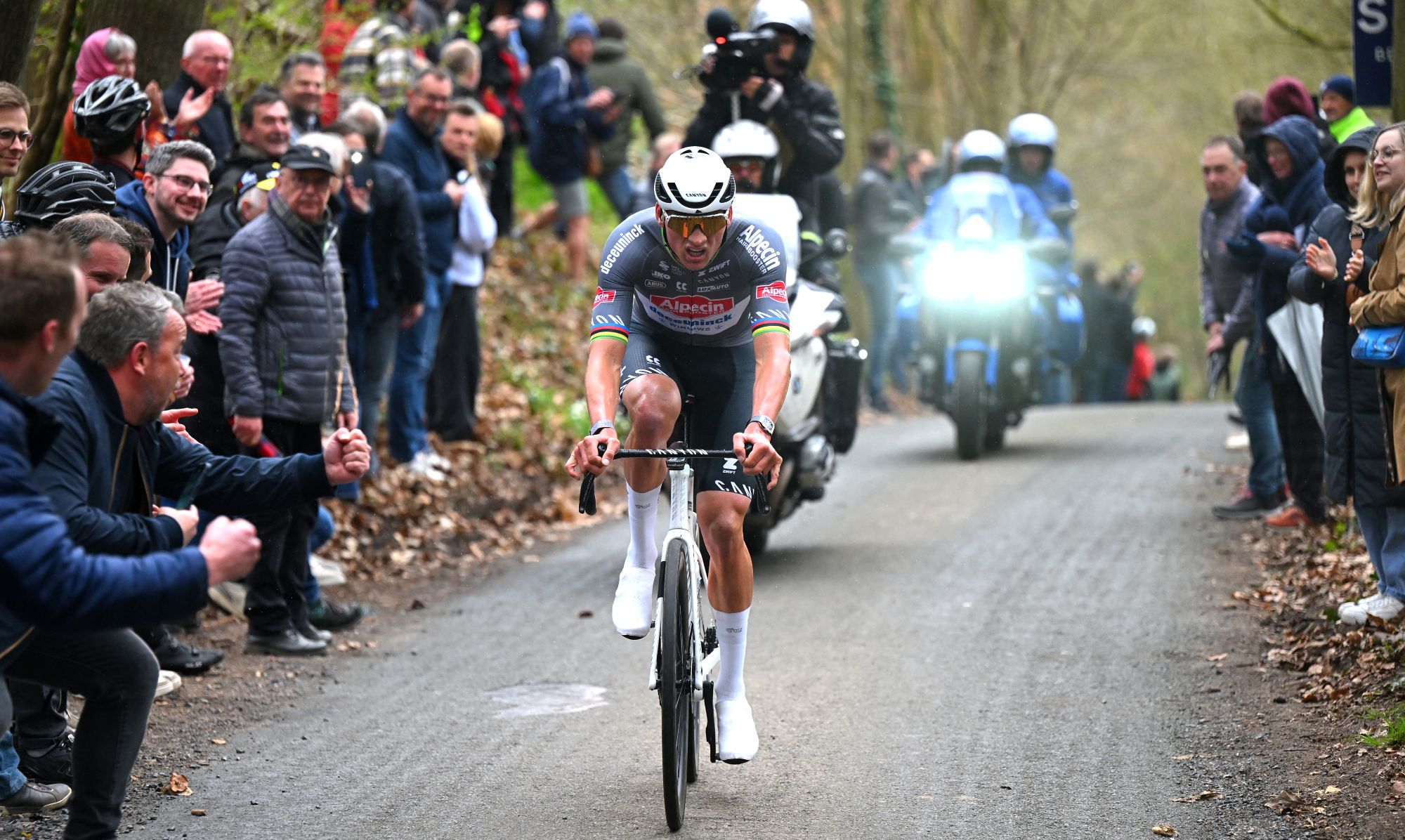 'I start every race to win' - Mathieu van der Poel fired up ahead of Paris-Roubaix showdown with Tadej Pogačar
'I start every race to win' - Mathieu van der Poel fired up ahead of Paris-Roubaix showdown with Tadej PogačarTwo-time winner says he has suffered with illness during spring Classics campaign
By Tom Thewlis Published
-
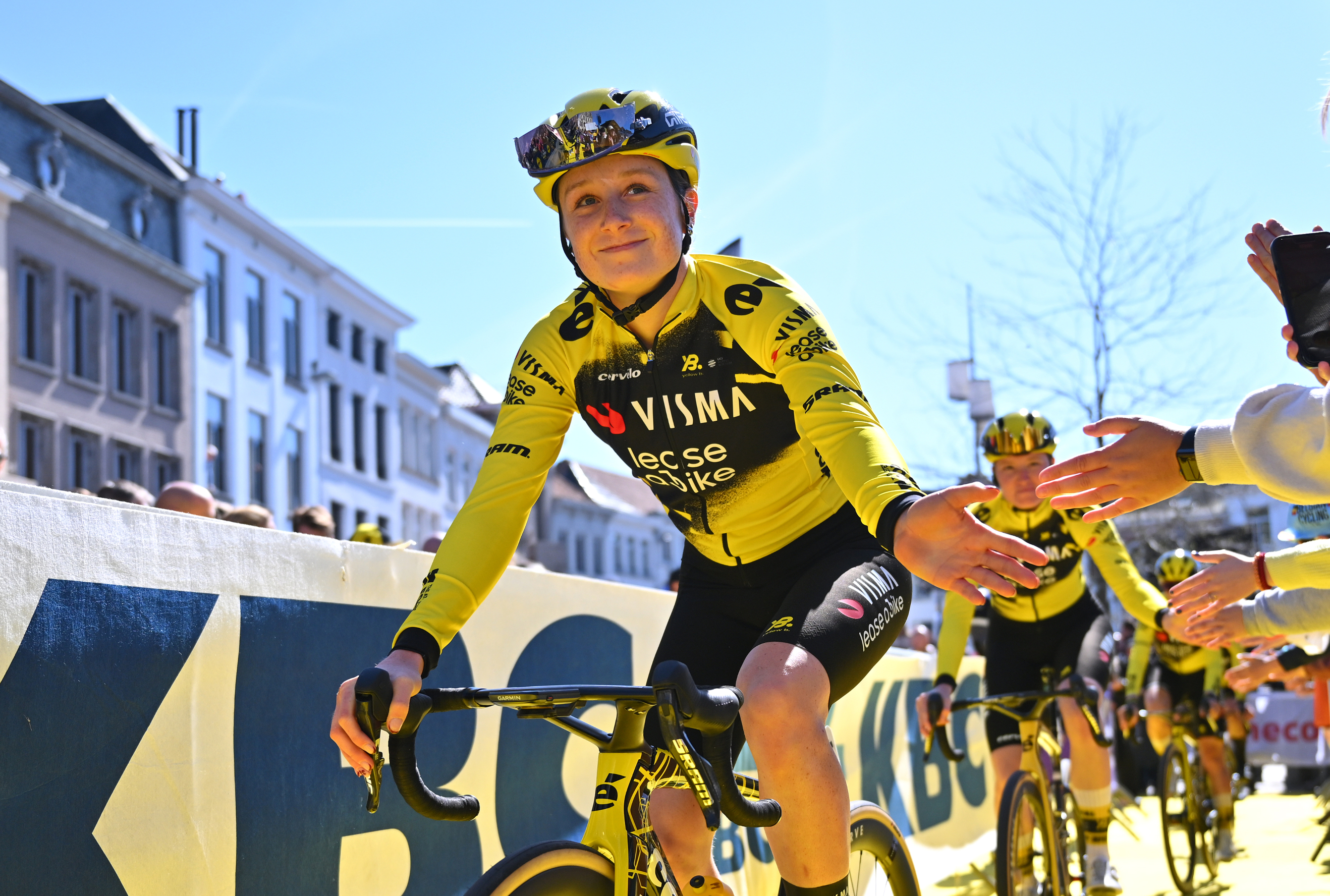 'It's really surreal that now I'm part of it' - 19-year-old Imogen Wolff set to go from spectator to racer at Paris-Roubaix
'It's really surreal that now I'm part of it' - 19-year-old Imogen Wolff set to go from spectator to racer at Paris-RoubaixBrit first came to see the 'Hell of the North' when she was six
By Tom Davidson Published
-
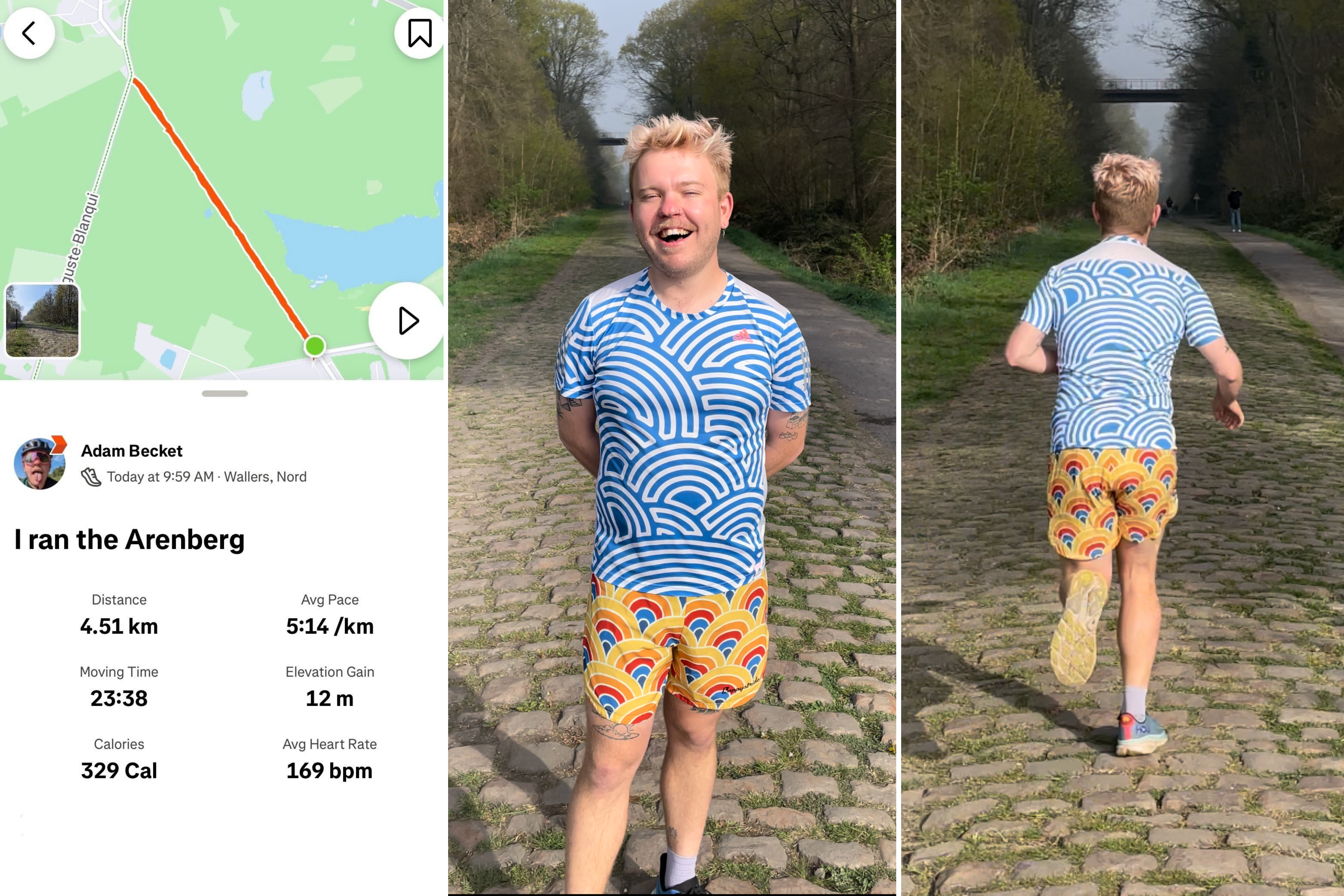 I ran Paris-Roubaix’s Arenberg sector and now I never want to cycle it
I ran Paris-Roubaix’s Arenberg sector and now I never want to cycle itThe five-star stretch of the Hell of the North was not an ideal surface for a 4.5km run, but it made for an interesting time
By Adam Becket Published